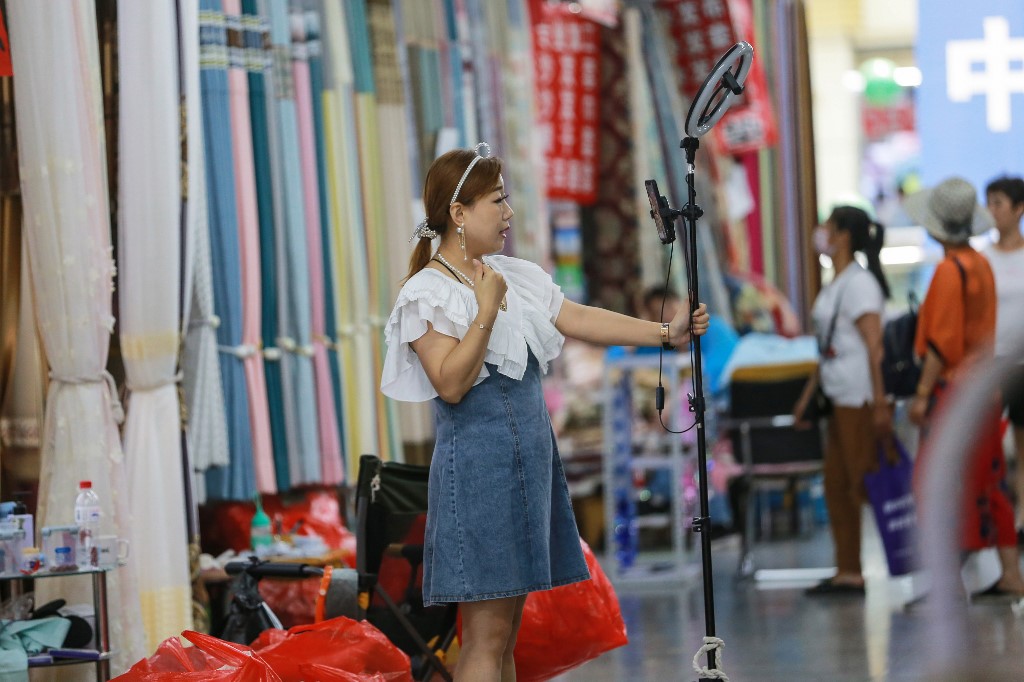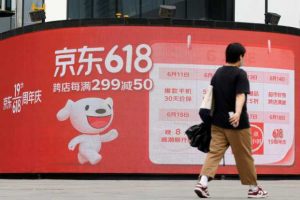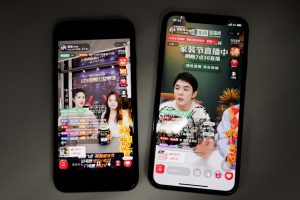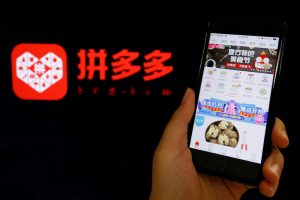China’s imposition of a $210 million fine for tax evasion on Viya, an internet celebrity dubbed ‘the queen of livestreaming,’ highlights how quickly the industry has grown to become one of China e-commerce’s most popular sales channels in a few short years.
Top Western brands from L’Oreal to Louis Vuitton engage live-streamers to help market products on China’s top e-commerce platforms, and analysts now describe it as essential to a brand’s strategy in the world’s second-largest economy.
Where Did Livestreaming All Begin?
The first company to combine live-streaming online and shopping in China was e-commerce giant Alibaba Group’s Taobao marketplace, which introduced Taobao Live in 2016.
The e-commerce platform allows influencers to open their own live-streaming channels on Taobao, on which they can market a wide range of products, everything from cosmetics to clothes and snacks to cars. Viya even sold a rocket launch service for 40 million yuan ($6.3 million) last year.
Brands also hold regular livestreams, usually anchored by staff or likely lesser known social media influencers, on their own self-run online stores on Taobao and Tmall, another Alibaba marketplace.
How Does Livestream Shopping Work, And Why Is It So Popular?
Live commerce anchors speak to online shoppers, answering questions about size, colour and fit in real time, engaging them with a chatty, informal approach and also encouraging quick purchases with discounts available for a limited time.
One big attraction is that it all happens on a single mobile shopping app interface – shoppers can watch, ask questions and click to purchase all on the same page during the livestream.
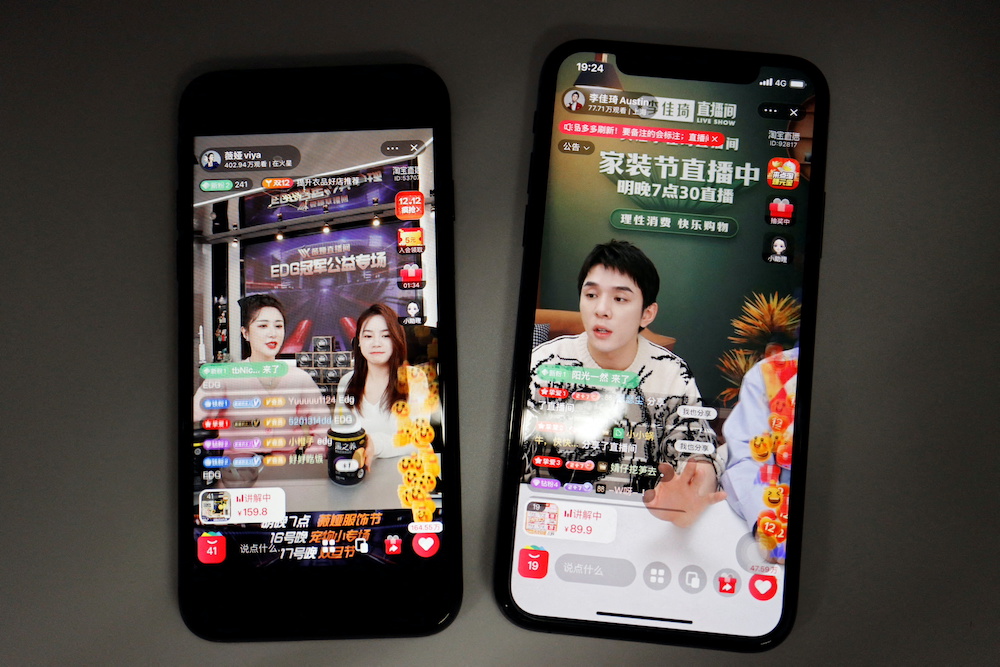
Some of the internet celebrities, especially top sellers like Viya and her main rival Li Jiaqi, have also grown extremely popular as they are seen by consumers as a credible go-between after past scandals involving product quality and fake goods left many distrustful of brands’ claims.
Top influencers also develop their own popularity with shoppers, as well as that of brands. Viya‘s image became that of a reliable, friendly ‘sister,’ while the excitement in Li Jiaqi’s catchphrase “Oh my god, buy it!” appeals to many.
Getting a product placed on their livestreams is seen as a big vote of confidence in the quality, consumers and brands say.
Li counts 47 million followers on his Taobao livestream room and Viya, prior to the shuttering of her room, counted more than 90 million followers.
How Big Are Live Commerce Platforms In China?
The pandemic was a big boost for the live-streaming industry as it confined people to their homes during lockdowns, spurring demand for online shopping and entertainment services. Beyond the big internet celebrities, there are now thousands of live-streaming anchors operating in online sales in China.
Last year, research consultancy iiMedia Research said there were more than 28,000 so-called multi-channel network agencies in China, each of which tend to manage multiple online Chinese influencers.
Many China e-commerce platforms, including ByteDance’s Douyin, the Chinese equivalent of TikTok, Kuaishou, JD.com and Pinduoduo now offer their users the opportunity to shop via livestream. Advertising on Douyin is extremely popular and a keen rival to Taobao on this front.
The types of hosts also vary widely in China. Farmers to factory owners, government officials to the heads of top Chinese companies such as travel giant Trip.com have all appeared on livestreams to hawk products.
In July, consultancy McKinsey said the value of China’s live-commerce market grew at a compound annual growth rate of more than 280% between 2017 and 2020, to reach an estimated $171 billion in 2020. It anticipates Chinese sales reaching $423 billion by 2022.
Are Livestreaming Platforms Gaining Traction Overseas?
International brands say that the Chinese e-commerce market and the live-streaming sales channel, is far ahead of that of other markets but some platforms are testing the model in other countries.
In November, for instance, NBC Universal made its livestream shopping debut with a show on Instagram.
TikTok is also testing live-streamed shopping, and Snap Inc is investing in augmented reality technology to help Snapchat users virtually try on items like watches, jewellery and other apparel to cut down on returns.
The industry is expected to balloon to $50 billion from $36 billion in annual US sales by 2023, according to research firm eMarketer.
• Reuters with additional editing by Jim Pollard
ALSO SEE:
China’s live-streaming revolution hits bumps in the road
Alibaba Empire Under Threat from Douyin, Pinduoduo
Pinduoduo Shares Surge After Charity Pledge Seen Toeing Party Line
TikTok peer Kuaishou files for Hong Kong IPO




